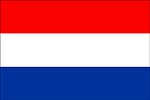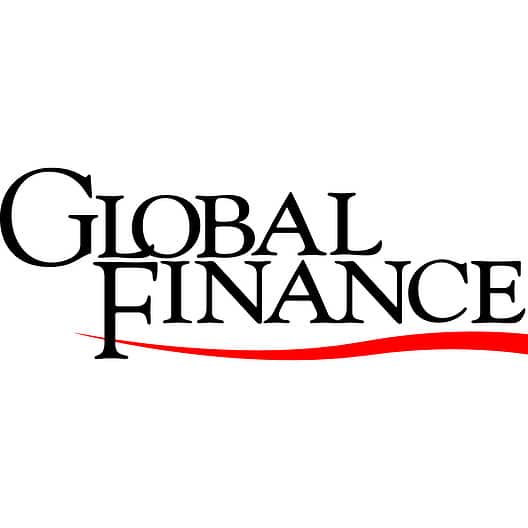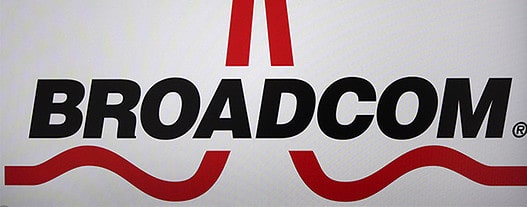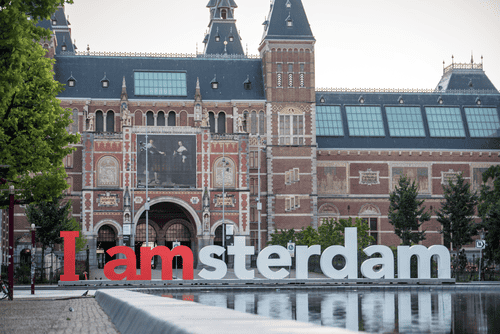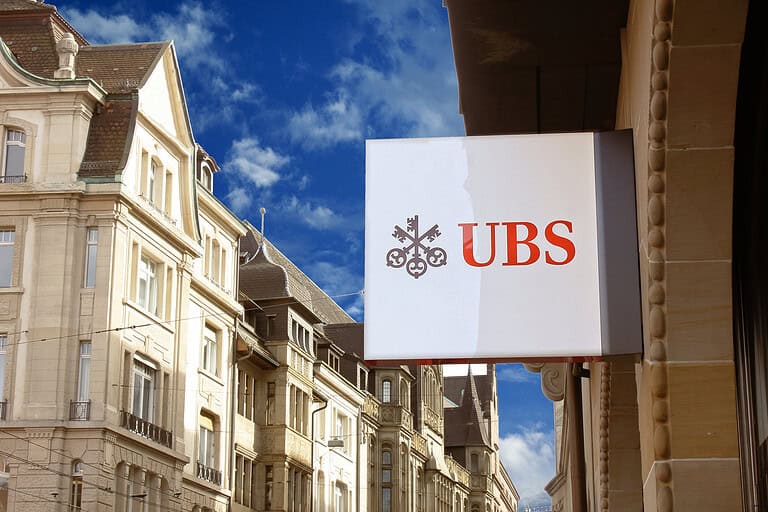Includes historical data for Netherlands’ Gross Domestic Product growth, debt-to-GDP ratio and more, as well as information on trade, banking and financial sector leadership.
Economy Benefits From Trade Through Europe’s Largest Port
The Netherlands boasts a stable political environment, a strong legal framework, and a well-developed financial sector. With its high living standards, advanced infrastructure, and skilled labor force, this country of about 18 million people is also one of the largest recipients and sources of foreign direct investment globally. Further, its strategic location on the North Sea and the presence of Rotterdam’s port, Europe’s largest, as well as Amsterdam Schiphol, the fourth largest airport in Europe, make the Netherlands one of the most important trading centers in the world. Top industries include petroleum refining and chemicals, food processing, information technology and manufacturing.
However, the Dutch economy is not without weaknesses. Among them, vulnerability to fluctuations in regional economic conditions, high exposure to energy price fluctuations, and soaring levels of private household debt. Additionally, the nation faces aging-related fiscal pressures and labor shortages, compounded by relatively rigid labor regulations, pose further concerns.
Macroeconomy & Sovereign Data
| Type of Government | Parliamentary constitutional monarchy; part of the Kingdom of the Netherlands |
|---|---|
| Capital | Amsterdam; note – The Hague is the seat of government |
| Sovereign Ratings |
S&P: AAA Moody’s: Aaa Fitch: AAA |
| Total Population | 17.9 million |
| Median Age | 42.1 |
| Adult Per Capita Income (PPP) | 77,789.01 |
| Total GDP (2023) | 1.1 trillion |
Netherlands GDP & Economic Overview
Most Recent Content
The Netherlands
Banking & Finance
Trade & Investment
| Total Exports | USD 826.7 billion (2023) |
|---|---|
| Leading Exports |
Refined Petroleum Broadcasting Equipment Packaged Medicines Photography Equipment Computers |
| Total Imports | USD 827.3 billion (2022) |
| Leading Imports |
Crude Petroleum Refined Petroleum Broadcasting Equipment Computers Cars |
| Source: | World Integrated Trade Solution |
Netherlands Leading Companies
| ING Group | Financials |
|---|---|
| Aegon | Insurance |
| Royal Dutch Shell | Oil & Gas Exploration & Production |
| Asml | Semiconductor Equipment & Materials |
| Heineken | Consumer Staples, Beverages |
| Royal Ahold Delhaize | Consumer Discretionary, Broadline Retail |
| Philips | Consumer Electronics |
Major Trade Partners — Import
| Germany | 17% |
|---|---|
| China | 10% |
| Belgium | 10% |
| United States | 8% |
| United Kingdom | 5% |
Source: World Integrated Trade Solution
Major Trade Partners — Export
| Germany | 23% |
|---|---|
| Belgium | 11% |
| France | 8% |
| United Kingdom | 6% |
| United States | 5% |
Source: World Integrated Trade Solution
Global Finance Rankings & Awards
Data Sources:
UN World Population Prospects
World Inequality Report
S&P Global Ratings
Moody’s
Fitch Ratings
IMF Direction of Trade Statistics (DOTS)
UN Conference on Trade and Development (UNCTAD)
CIA The World Factbook
World Bank’s World Integrated Trade Solution
Forbes Global 2000
